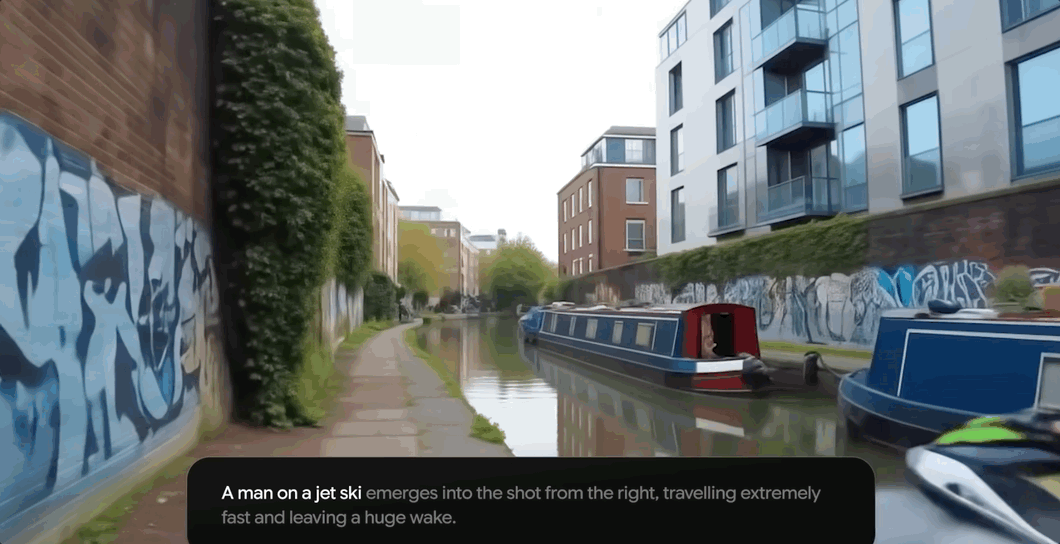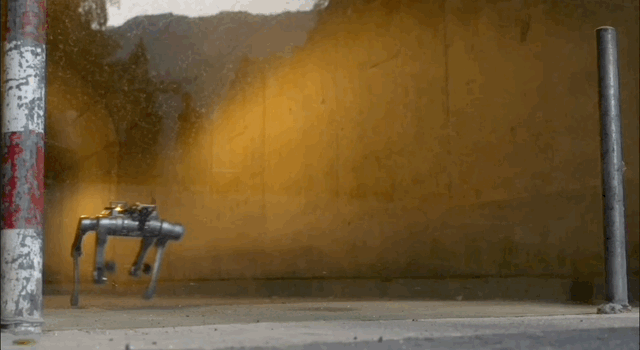
In today’s hybrid workplaces, productivity is often mistaken for busyness. It sounds like clacking keyboards, looks like back-to-back video calls, and pings endlessly with notifications. But most of the time, these are just indications of activity, not achievement, and the pressure to be constantly visible has quietly overtaken the drive to be effective and productive.
But real work isn’t always ‘observable’. Some of the most valuable thinking happens away from the keyboard, in deep focus and genuine creative collaboration. If we want to drive better outcomes for both people and businesses, it’s time to shift our benchmark from hours logged to energy invested.
This isn’t a call for a new metric to be tracked and reported. It’s a mindset shift. It asks leaders to look inwardly, to examine where their teams’ energy is going and then consider whether it’s moving them forward as a company, or just simply keeping things in motion.
Head of Logitech for Business, UK & Ireland.
The rise of performative productivity
In many modern workplaces, especially where employees work remotely, it’s easy to confuse motion with progress. When people aren’t physically present, they often feel as though they the need to show they’re working in other ways, such as being constantly available, joining every meeting or sending a steady stream of updates.
This creates a culture of performative productivity, where time and visible activity become substitutes for effectiveness. As a result, teams can end up trapped in a cycle of reactive work: attending unnecessary calls, replying to messages, jumping between tasks – all while struggling to find time to fit in the work that is truly impactful.
This constant context-switching can be both inefficient and mentally exhausting. It splits attention and reduces creative thinking and also obscures a deeper problem: we’ve designed systems that reward visibility instead of outcomes.
The irony is that some of the most impactful work is delivered quietly. It happens in moments of uninterrupted concentration and problem-solving that doesn’t always show on a calendar. If we continue to equate productivity with presence, we’ll risk overlooking the contributions that are actually driving long-term value.
The better benchmark for efficient work
Rather than counting hours, business leaders should be considering energy as a way of thinking about how work gets done. Working out which tasks require deep focus, which generate momentum and which ones are draining effort without creating any real outcome.
Looking at productivity through the lens of energy provides a more human, realistic perspective, and it considers that not every hour is equal. For example, an hour spent in concentrated thinking or constructive collaboration can be so much more valuable than three spent juggling distractions. It puts the emphasis back on quality of attention, outcomes and of the overall working experience.
Ultimately, employees don’t need another performance metric to hit. In reality, it’s about organizational awareness, where companies can assess whether they’re creating the right conditions for valuable work, and whether their systems and tools are enabling focus, or interrupting it.
When we prioritize energy, we’re more likely to invest in what really matters. This could be a case of rethinking meeting culture or simplifying processes. It also sends a message to employees that their business values their judgment and contribution, rather than just their availability.
Technology’s role is to make work more efficient, but if used incorrectly it often adds complexity. Endless notifications, multiple platforms to navigate and constant availability have created a noisy digital environment that negatively impacts energy rather than saving it.
The next generation of workplace technology, particularly artificial intelligence, should be an opportunity to reverse that trend. But the value will be in making space for better thinking, rather than just expecting faster output. Tools that summarize meetings or help prioritize tasks based on importance can be used to improve clarity and focus so there’s more time to work on less mundane tasks.
When time is spent on how technology is being used, it can reduce distractions and protect time for the work that really matters. But this requires a shift in how we adopt and design these systems, so that we’re moving away from a focus on volume and speed, and towards usefulness, clarity and wellbeing.
Ultimately the challenge is not in measuring energy, but more so respecting it, so that workflows, teams and tools are built around how people work best, not how fast they can respond. When that’s done, companies can reduce digital noise as well as create a space for better ideas, stronger collaboration and meaningful progress.
We’ve listed the best performance management software.
This article was produced as part of TechRadarPro’s Expert Insights channel where we feature the best and brightest minds in the technology industry today. The views expressed here are those of the author and are not necessarily those of TechRadarPro or Future plc. If you are interested in contributing find out more here: https://www.techradar.com/news/submit-your-story-to-techradar-pro






